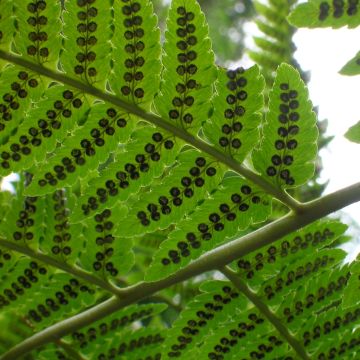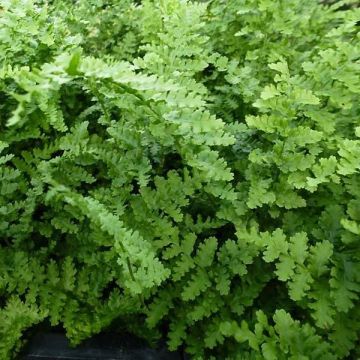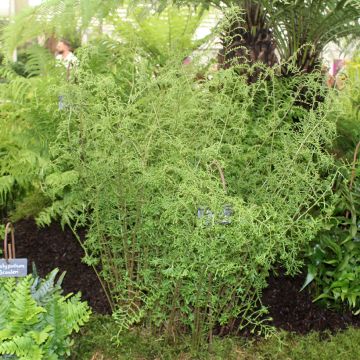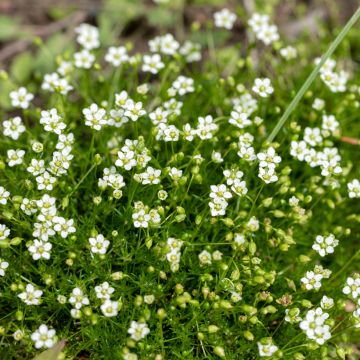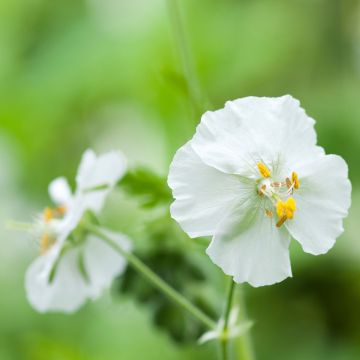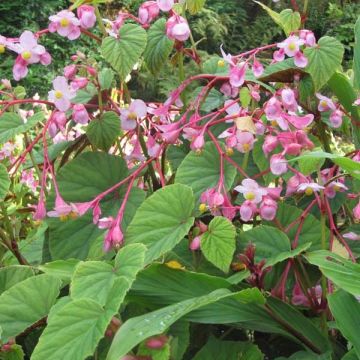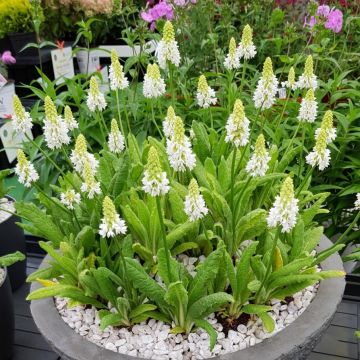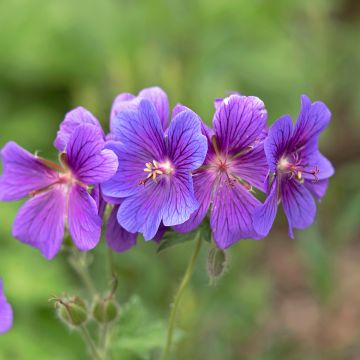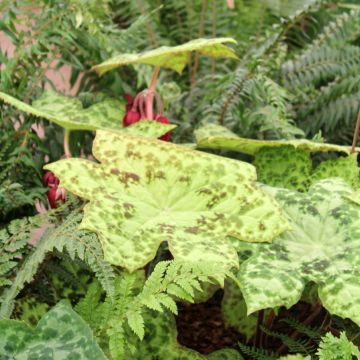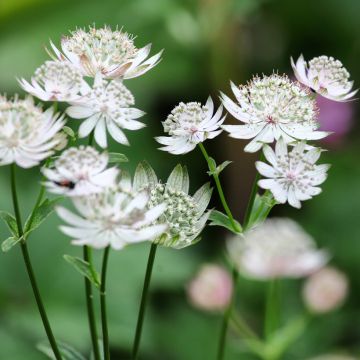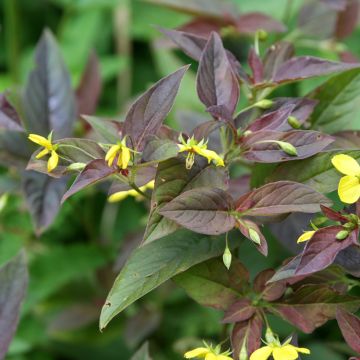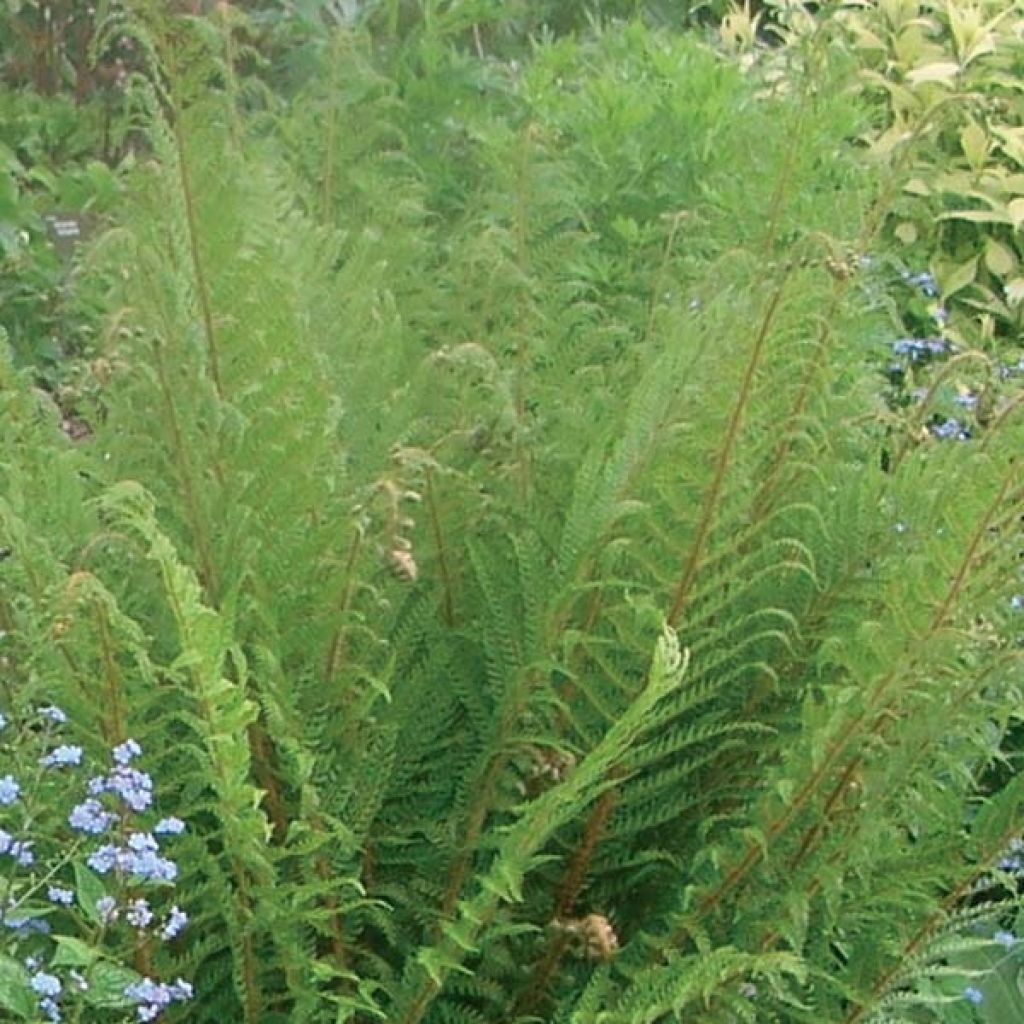

Dryopteris affinis - Scaly Male Fern
Dryopteris affinis - Scaly Male Fern
Dryopteris affinis
Scaly Male Fern, Golden-scaled Male Fern
This item cannot be shipped to the selected country
Delivery charge from €5.90
Delivery charge from €5.90
More information
Schedule delivery date,
and select date in basket
This plant carries a 12 months recovery warranty
More information
We guarantee the quality of our plants for a full growing cycle, and will replace at our expense any plant that fails to recover under normal climatic and planting conditions.
From €5.90 for pickup delivery and €6.90 for home delivery
Express home delivery from €8.90.
From €5.90 for pickup delivery and €6.90 for home delivery
Express home delivery from €8.90.

Does this plant fit my garden?
Set up your Plantfit profile →
Description
Dryopteris affinis, also known as the Male Fern, is a beautiful species of our cool undergrowth that should be seen more often in gardens. Robust, prolific, often evergreen, this fern develops large, semi-erect fronds of light green colour, which gather in a slightly spreading clump of magnificent habit, reaching over a metre in width and height. Able to grow in dense shade, it is irreplaceable for bringing lushness under deciduous trees and bushes, areas of the garden that are often difficult to landscape.
Dryopteris affinis is a perennial terrestrial fern with a short and robust rhizome belonging to the family of Dryopteridaceae. It originates from the moist undergrowth of deciduous trees in Western and Southwest Europe, as well as Central Asia. This species tolerates cold very well and thrives in regions with high rainfall, in non-calcareous humus. In a few years, it forms a harmonious, divergent and dense clump, at least 1 metre (3 feet) in all directions. In spring, 'croziers' emerge from the stump, beautiful curled shoots covered with golden scales. They unfurl into very ornamental juvenile fronds, also golden in colour. The adult fronds are bipinnate, semi-evergreen to evergreen depending on the harshness of winter, of a light green colour. They can reach 1.20 metres (4 feet) in length and retain a scaly and golden rachis and petiole from their youth. The spores, which are the reproductive organs in ferns, form from June to September on the undersides of the fronds, gathered in small brown sacs called sori.
This superb fern loves shady and cool slopes, rooted in slightly acidic, non-calcareous soil, and is truly beautiful in humid regions. Prune the old fronds in early spring, as it is when the new ones appear that you will fully appreciate this fern. Plant it as a specimen against a north-facing wall, near an entrance, or against a north-facing porch to be admired. It is majestic in a bed, surrounded by low-growing shade perennials, such as creeping bugle, dead nettles, and wood sorrels. It also deserves a prominent place on the terrace, always in the shade, in a beautiful jar that matches its elegance.
Report an error about the product description
Dryopteris affinis - Scaly Male Fern in pictures
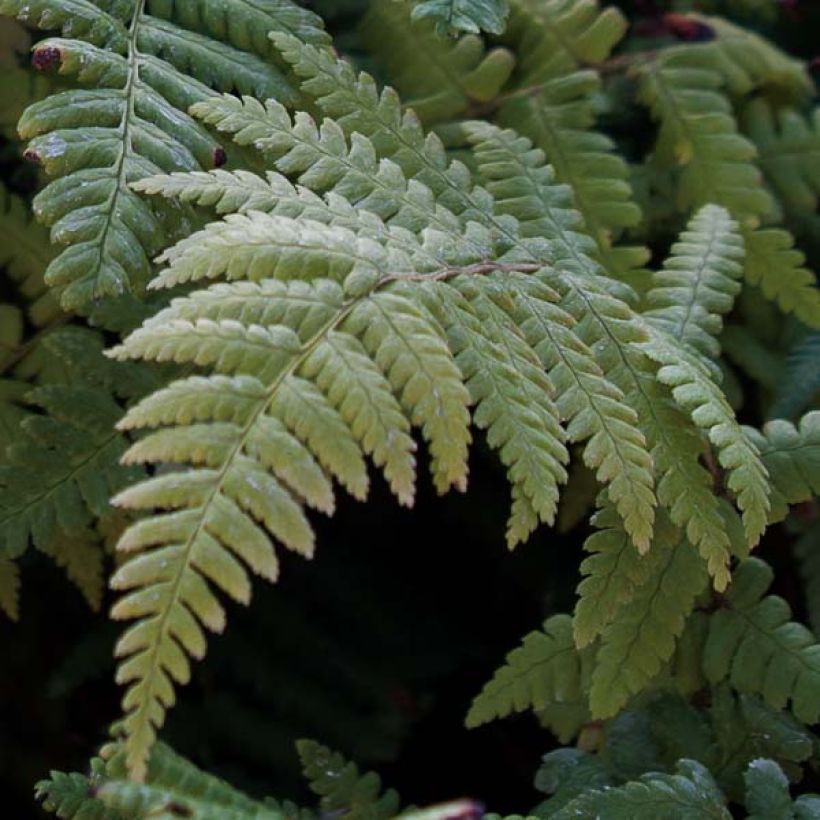

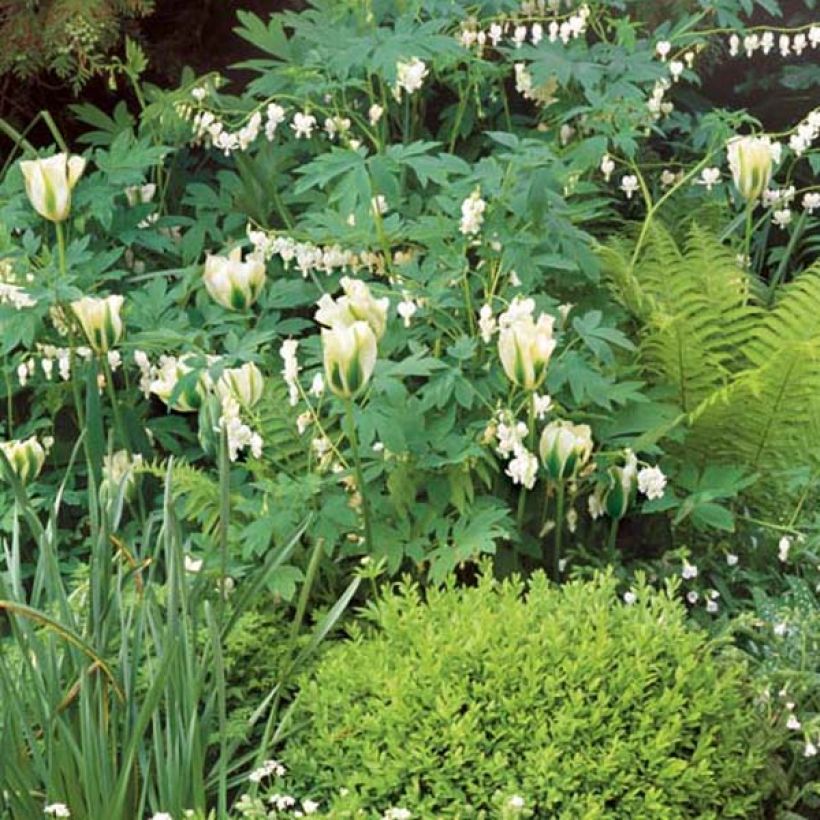

Foliage
Plant habit
Botanical data
Dryopteris
affinis
Dryopteridaceae
Scaly Male Fern, Golden-scaled Male Fern
Central Europe
Other Dryopteris
Planting and care
Plant Dryopteris in a bed with humus-rich soil, either in a damp understorey or in partial shade. It prefers neutral or acidic soil, but can tolerate some limestone as long as it receives ample organic nourishment. Once established, it can withstand some drought, although it prefers to maintain a certain level of moisture during the summer. Completely hardy, its foliage may partially dry out in the height of summer or during severe frost. Prune the dry leaves, and it will regrow from the stump.
Planting period
Intended location
Care
-
, onOrder confirmed
Reply from on Promesse de fleurs
Shade-loving perennials
Haven't found what you were looking for?
Hardiness is the lowest winter temperature a plant can endure without suffering serious damage or even dying. However, hardiness is affected by location (a sheltered area, such as a patio), protection (winter cover) and soil type (hardiness is improved by well-drained soil).

Photo Sharing Terms & Conditions
In order to encourage gardeners to interact and share their experiences, Promesse de fleurs offers various media enabling content to be uploaded onto its Site - in particular via the ‘Photo sharing’ module.
The User agrees to refrain from:
- Posting any content that is illegal, prejudicial, insulting, racist, inciteful to hatred, revisionist, contrary to public decency, that infringes on privacy or on the privacy rights of third parties, in particular the publicity rights of persons and goods, intellectual property rights, or the right to privacy.
- Submitting content on behalf of a third party;
- Impersonate the identity of a third party and/or publish any personal information about a third party;
In general, the User undertakes to refrain from any unethical behaviour.
All Content (in particular text, comments, files, images, photos, videos, creative works, etc.), which may be subject to property or intellectual property rights, image or other private rights, shall remain the property of the User, subject to the limited rights granted by the terms of the licence granted by Promesse de fleurs as stated below. Users are at liberty to publish or not to publish such Content on the Site, notably via the ‘Photo Sharing’ facility, and accept that this Content shall be made public and freely accessible, notably on the Internet.
Users further acknowledge, undertake to have ,and guarantee that they hold all necessary rights and permissions to publish such material on the Site, in particular with regard to the legislation in force pertaining to any privacy, property, intellectual property, image, or contractual rights, or rights of any other nature. By publishing such Content on the Site, Users acknowledge accepting full liability as publishers of the Content within the meaning of the law, and grant Promesse de fleurs, free of charge, an inclusive, worldwide licence for the said Content for the entire duration of its publication, including all reproduction, representation, up/downloading, displaying, performing, transmission, and storage rights.
Users also grant permission for their name to be linked to the Content and accept that this link may not always be made available.
By engaging in posting material, Users consent to their Content becoming automatically accessible on the Internet, in particular on other sites and/or blogs and/or web pages of the Promesse de fleurs site, including in particular social pages and the Promesse de fleurs catalogue.
Users may secure the removal of entrusted content free of charge by issuing a simple request via our contact form.
The flowering period indicated on our website applies to countries and regions located in USDA zone 8 (France, the United Kingdom, Ireland, the Netherlands, etc.)
It will vary according to where you live:
- In zones 9 to 10 (Italy, Spain, Greece, etc.), flowering will occur about 2 to 4 weeks earlier.
- In zones 6 to 7 (Germany, Poland, Slovenia, and lower mountainous regions), flowering will be delayed by 2 to 3 weeks.
- In zone 5 (Central Europe, Scandinavia), blooming will be delayed by 3 to 5 weeks.
In temperate climates, pruning of spring-flowering shrubs (forsythia, spireas, etc.) should be done just after flowering.
Pruning of summer-flowering shrubs (Indian Lilac, Perovskia, etc.) can be done in winter or spring.
In cold regions as well as with frost-sensitive plants, avoid pruning too early when severe frosts may still occur.
The planting period indicated on our website applies to countries and regions located in USDA zone 8 (France, United Kingdom, Ireland, Netherlands).
It will vary according to where you live:
- In Mediterranean zones (Marseille, Madrid, Milan, etc.), autumn and winter are the best planting periods.
- In continental zones (Strasbourg, Munich, Vienna, etc.), delay planting by 2 to 3 weeks in spring and bring it forward by 2 to 4 weeks in autumn.
- In mountainous regions (the Alps, Pyrenees, Carpathians, etc.), it is best to plant in late spring (May-June) or late summer (August-September).
The harvesting period indicated on our website applies to countries and regions in USDA zone 8 (France, England, Ireland, the Netherlands).
In colder areas (Scandinavia, Poland, Austria...) fruit and vegetable harvests are likely to be delayed by 3-4 weeks.
In warmer areas (Italy, Spain, Greece, etc.), harvesting will probably take place earlier, depending on weather conditions.
The sowing periods indicated on our website apply to countries and regions within USDA Zone 8 (France, UK, Ireland, Netherlands).
In colder areas (Scandinavia, Poland, Austria...), delay any outdoor sowing by 3-4 weeks, or sow under glass.
In warmer climes (Italy, Spain, Greece, etc.), bring outdoor sowing forward by a few weeks.


































